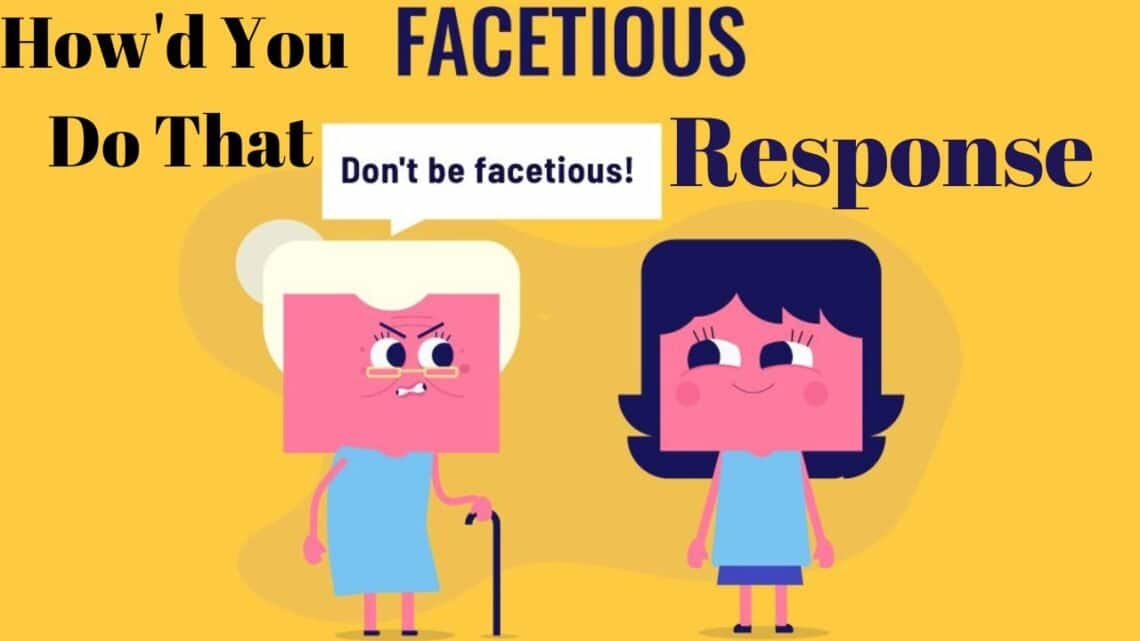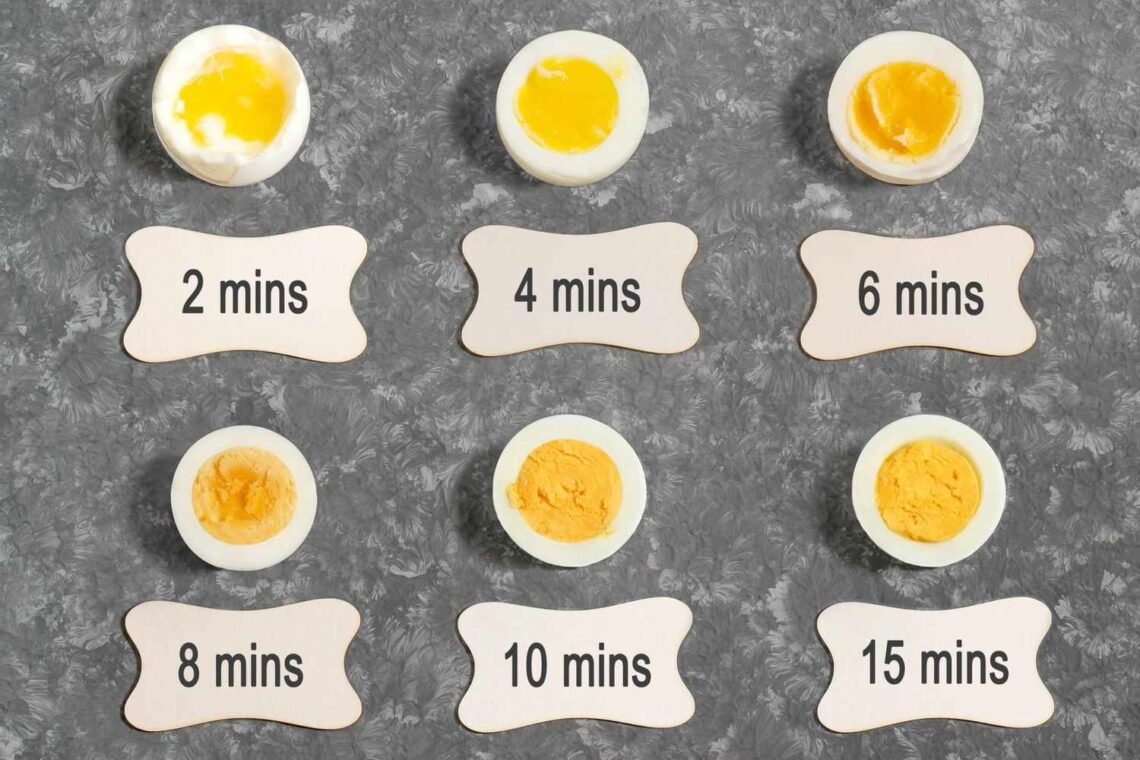Table of Contents
Understanding Facetiousness
The Role of Humor
Facetiousness is when you use sarcastic or tongue-in-cheek humour to make a point or answer in a talk. It’s not meant to be taken seriously. Instead, it’s meant to make people laugh or poke fun at something. In the context of answering “How did you do that? “, a flippant answer would be one that uses humour, sarcasm, or irony.
Types of Facetious Responses
There are many ways to come up with a funny answer, like using puns, wordplay, or even playing on common words. For example, if someone asks, “How did you do that?” you could say, “I waved my magic wand!” or “It’s a secret recipe that wizards have been using for generations.”
Facetious Responses in Crossword Puzzles
The New York Times Crossword
Many people like to spend time doing crossword puzzles like the one in the New York Times. Most of the time, the answers in these puzzles require you to think creatively or “outside the box.” Some of these hints can be answered with jokes, which adds a bit of humour and wit to the process of solving the puzzle.
Mini Crossword Answers Today
For example, in a recent mini crossword problem in the New York Times, the clue “Fake answer to “How’d you do that?”” could be “MAGIC” or “WITCHCRAFT.” These answers use humour and sarcasm that are often found in facetious comments.
Clue: Facetious Response to How’d You
“Phoney NYT” is another crossword clue that could be linked to this topic. It could be a joke answer to a question about how something was done. This hint could lead to a word like “FAKENEWS” or “IMPROV.”
Crafting Your Own Facetious Responses
The Art of Sarcasm
To come up with your own funny answers, you can start by learning how to use humour well. This is when you say things that are meant to be ironic or satirical, usually in a biting or mocking way. If you know how snark works, you’ll be better able to come up with funny, joking answers to questions like “How did you do that?”
Metaphors and Analogies
Using metaphors and analogies is another way to come up with funny answers. These can help you come up with answers that are both funny and make people think. For example, if someone asks you how you got something done fast, you could say, “I’m like a cheetah on caffeine!” This answer uses an analogy to make the talk more funny and light-hearted.
Wordplay and Puns
Wordplay and puns are also great ways to come up with funny answers. By playing with language and words, you can come up with smart and funny answers that will probably make people laugh. If someone asks you how you fixed a problem with your computer, you might say, “I just gave it a byte to eat!” This play on the words “bite” and “byte” makes the answer funny while still answering the question.
The Impact of Facetiousness on Conversation
The Pros and Cons
Facetious responses can have both positive and negative impacts on a conversation. It’s essential to understand when it’s appropriate to use humor and when it may be best to provide a more straightforward response.
The Benefits
Facetious responses can help lighten the mood and make conversations more enjoyable. They can also showcase your wit and creativity, making you more engaging to talk to. Additionally, humor can help diffuse tense situations and put people at ease.
The Drawbacks
On the other hand, facetious responses can sometimes be misunderstood or seen as inappropriate, particularly in more formal settings or when discussing serious topics. It’s crucial to gauge the situation and the people you’re conversing with before using humor, as it may not always be well-received.
Exploring Facetiousness in Everyday Life
Facetiousness in Social Media and Texting
In today’s digital age, facetious responses have become a common way to communicate humor and sarcasm through social media and texting. Emojis, GIFs, and memes can be used to convey a facetious tone when words alone may not suffice. However, it’s crucial to remember that the context of your conversation and your relationship with the person you’re communicating with should guide your decision to use facetiousness.
Facetiousness in the Workplace
While humor can be beneficial in the workplace, it’s essential to use facetious responses judiciously. Light-hearted jokes can help build rapport among colleagues and create a positive atmosphere. However, facetious responses can also be perceived as unprofessional or offensive if used inappropriately or excessively. It’s vital to strike a balance and consider the company culture and the individuals you’re interacting with before using facetious responses in the workplace.
Facetiousness in Relationships and Friendships
Facetious responses can be a fun way to engage with friends and loved ones, adding humor and playfulness to your interactions. However, it’s essential to be mindful of the other person’s feelings and ensure that your facetiousness does not cross the line into hurtful or offensive territory. Open communication and understanding each other’s boundaries are key to maintaining healthy relationships that can withstand the occasional facetious remark.
Tips for Using Facetious Responses Effectively
- Know your audience: Consider the person or people you’re conversing with and whether they’re likely to appreciate your facetious response.
- Pay attention to the context: Determine if the situation or topic of conversation is suitable for humor or if a more serious response would be more appropriate.
- Use body language and tone of voice to convey humor: When speaking face-to-face, use facial expressions, gestures, and tone of voice to emphasize the facetious nature of your response.
- Don’t overdo it: While facetious responses can be entertaining, using them too often can come across as insincere or annoying. Strike a balance between humor and sincerity in your conversations.
- Apologize if your facetious response is not well-received: If someone misunderstands or takes offense to your facetious response, be prepared to apologize and clarify your intentions.
By understanding the nuances of facetious responses and being mindful of the context and audience, you can use humor effectively to enhance your conversations and interactions with others.
Conclusion
Adding jokes and wit to your talks with facetious answers can make them more fun and interesting. From crossword puzzles to daily conversations, knowing how to use sarcasm, metaphors, analogies, and wordplay to come up with funny answers can help you add a bit of humour to your conversations. But it’s important to be careful and think about the situation before making jokes, because they may not always be suitable.
FAQs
What is a facetious response?
A facetious response is a witty, sarcastic, or tongue-in-cheek reaction to a question or statement.
How can I create my own facetious responses?
Sarcasm, metaphors, analogies, wordplay, and puns can help you write funny responses.
When is it appropriate to use a facetious response?
Before employing humour, consider the situation and the individuals you’re talking to. Facetious comments may be inappropriate in formal situations or when discussing serious matters.
What are some examples of facetious responses?
“I waved my magic wand!” or “I’m like a cheetah on caffeine!” These lighthearted responses use humour, sarcasm, and analogies.
How do facetious responses appear in crossword puzzles?
In crossword puzzles, witty answers can solve inventive clues. They offer humour and wit to puzzle-solving.












